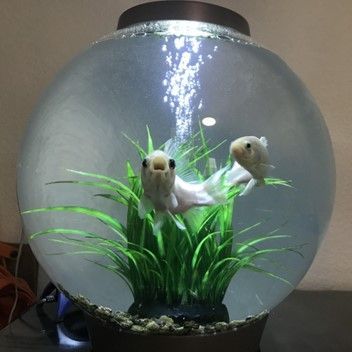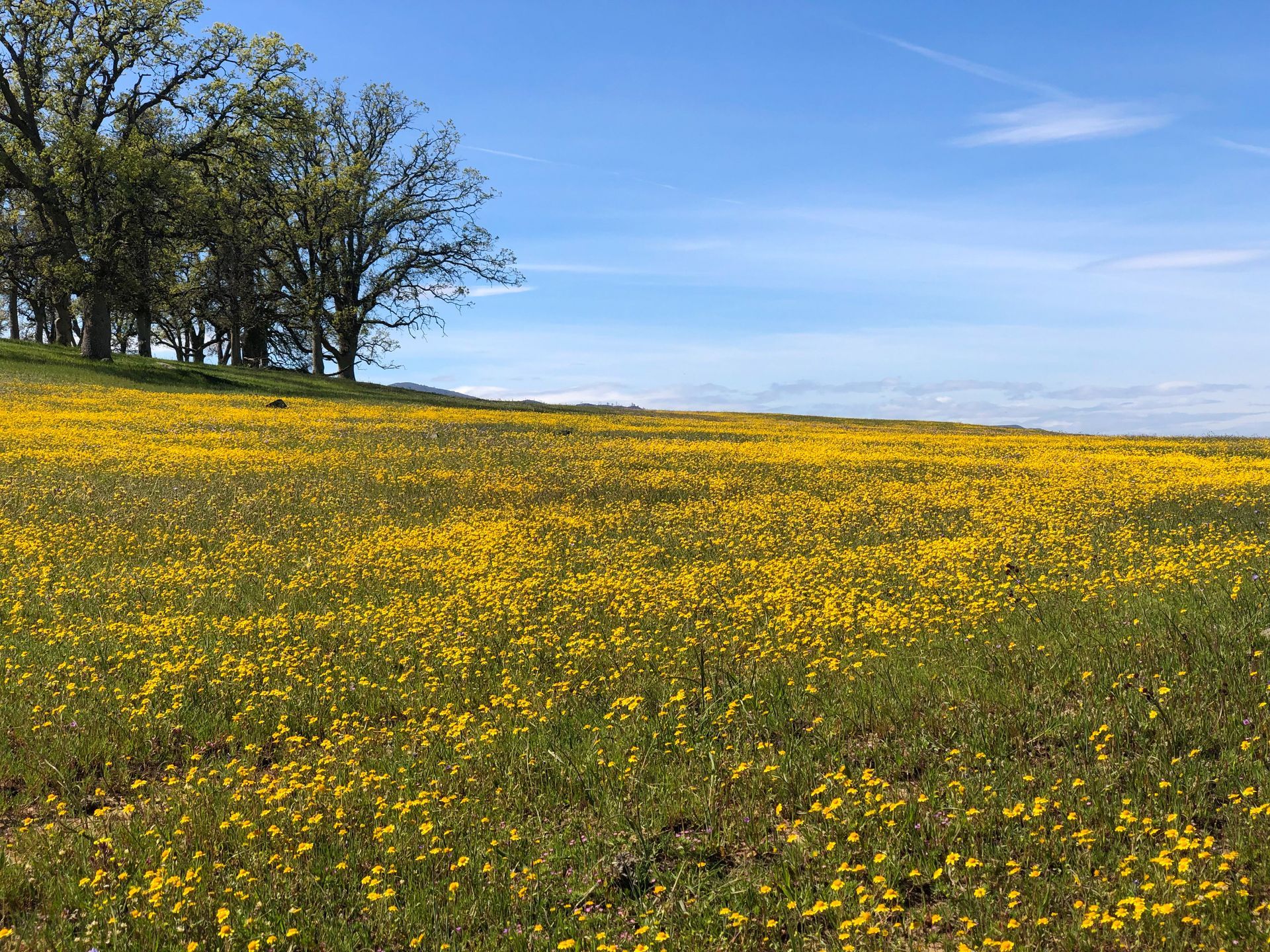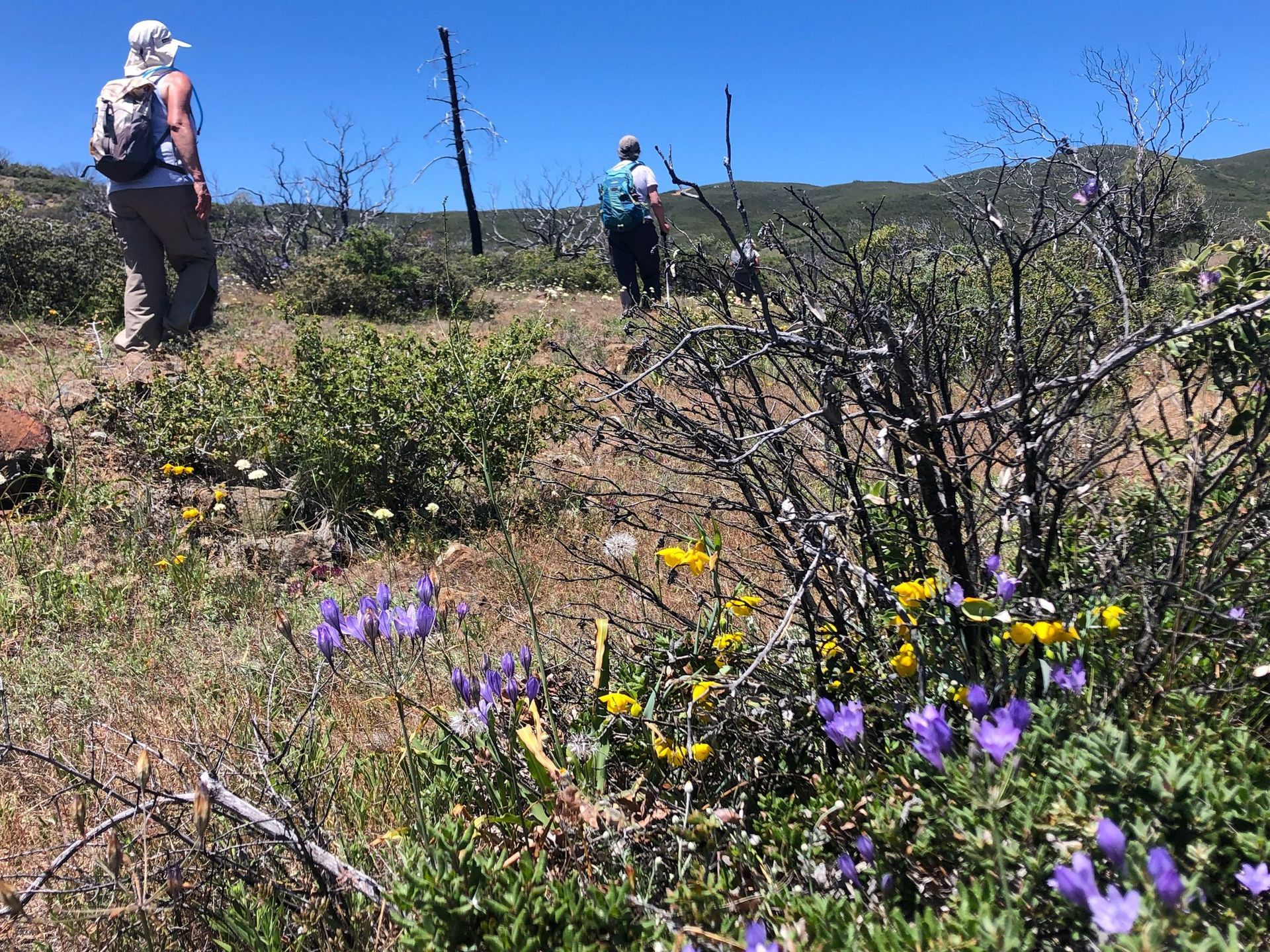Science Corner - Invasive Goldfish

When my daughter was a kindergartener, she “won” a few little goldfish from a school carnival. We brought those little guys home and put them in a small aquarium and gave them all names: Chloe, Biscuit and Sarah. That next summer we added Jack who was rescued from the ring toss game at the 110-degree California State Fair. Eventually Sarah and Biscuit passed away, but Chloe and Jack lived to the ripe old age of thirteen and fourteen. We continuously got them bigger and bigger aquariums and they got so enormous that they didn’t fit in an aquarium net anymore. Sadly, they both passed away and are buried in the backyard.
Goldfish (Carassius auratus) are a freshwater fish that is native to southern China. It was originally believed that modern goldfish were a subspecies of the crucian carp (Carassius carassius) or the Prussian carp (C. gibelio), collectively called Asian carp; but through genetic sequencing and investigation of morphology, it is now believed that common goldfish are a domesticated variety of C. auratus. Goldfish belong to the carp and minnow family which were originally reared to be used as fish food. Naturally silver or gray, carp occasionally produced offspring with color mutations that produced red, orange, gold or white fish. These vibrantly colored fish became popular, and people began to put them in ornamental water gardens. Later, these fish began to be selectively bred for their colors, body shape, fin structure and size which resulted in distinct breeds that varied greatly. Not long after goldfish began to be raised indoors and were subsequently introduced into Japan and Portugal and later into the rest of Europe.
Goldfish are gregarious and friendly with each other. They have good eyesight and can recognize their owner. They have memory capabilities and can recognize different shapes and colors, can learn tricks and can even be hand fed.
Goldfish are hardy and are easy to keep in outdoor ponds because they can bear cooler water temperatures and short periods of low oxygen. They can even survive if ice has formed on the top of the water as long as there is enough dissolved oxygen in the water. And, although considered a freshwater fish, they have been found surviving in brackish water.
Some breeds of goldfish can live for decades and can become quite large like my two. Because of this, goldfish often get released into the wild where they become a highly invasive species. Without the restrictions of the backyard pond or aquarium, goldfish released into the wild can grow to be significantly larger than those kept in captivity. They have voracious appetites and outcompete native species for food such as algae and small invertebrates, as well as consuming native species’ eggs and larvae. They swim and graze along the bottom stirring up sediment which increases water turbidity that reduces the amount of sunlight that penetrates the water column which affects aquatic plants and expands habitat loss for native species. Goldfish also have a high reproduction rate which aids in them outcompeting native fish and can hybridize with other carp species further increasing their population numbers. They can also carry bacteria and diseases that may harm native aquatic life.
All of these combined intensifies their impact on biodiversity and ecosystem health. The United States Geological Survey has indicated that goldfish have been released into American waterways since the 1600’s. They have become one of the most widespread invasive species of fish in North America. Huge goldfish have even been caught in Lake Tahoe ranging from four to eight inches long and weighing up to several pounds. Biologists believe that the goldfish were introduced into the lake by people that kept them as pets. Although the fish are already in the lake and eradication efforts are taking place, the United States Forest Service Lake Tahoe Basin Management United and the California Department of Fish and Wildlife are urging people not to release their pet fish (or leftover bait fish) into Lake Tahoe or it’s associated waterways. In Minnesota, Colorado and Canada goldfish have become an imposing problem. The Carver County Water Management agency in Minnesota recently removed 50,000 pounds of goldfish from a tributary to one single lake.
All drains do not lead to the ocean and indeed, goldfish do make great pets but they are best left in their tanks.
-Kristie Ehrhardt (kehrhardt@tuleyome.org)
Tuleyome Land Conservation Program Manager
RECENT ARTICLES






